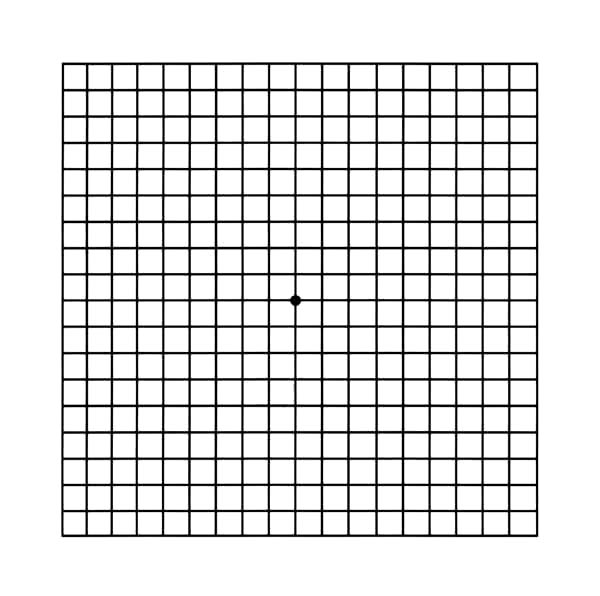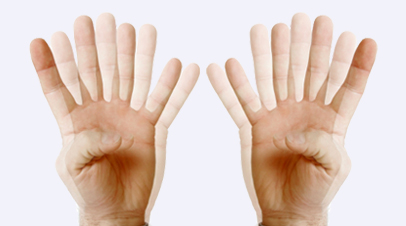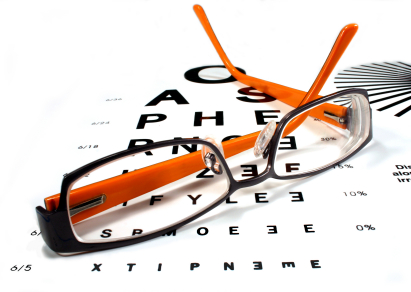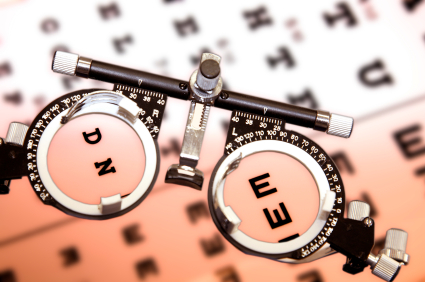Macular Degeneration
Macular degeneration is a relatively common disease. Yet, the damage that it inflicts on one’s vision can, at times, be quite severe. This disease attacks eyes at a relatively older age, usually over the age of 60. Macular degeneration, also known as Age-related Macular degeneration (AMD), is the primary cause loss of reading vision in […]
Macular Degeneration Read More »





